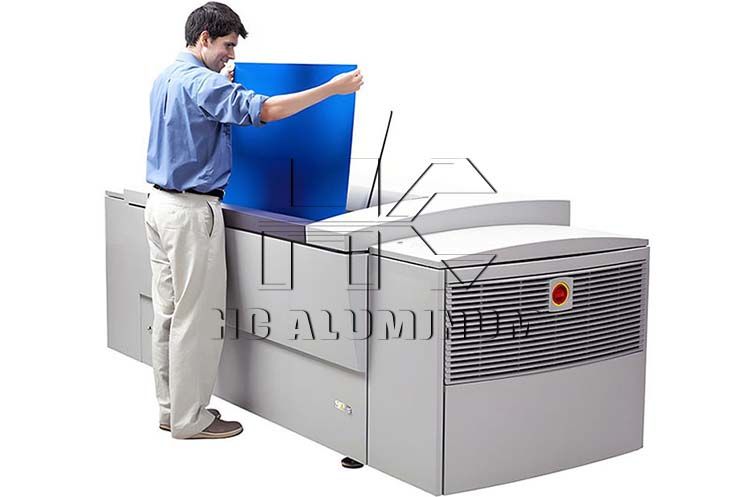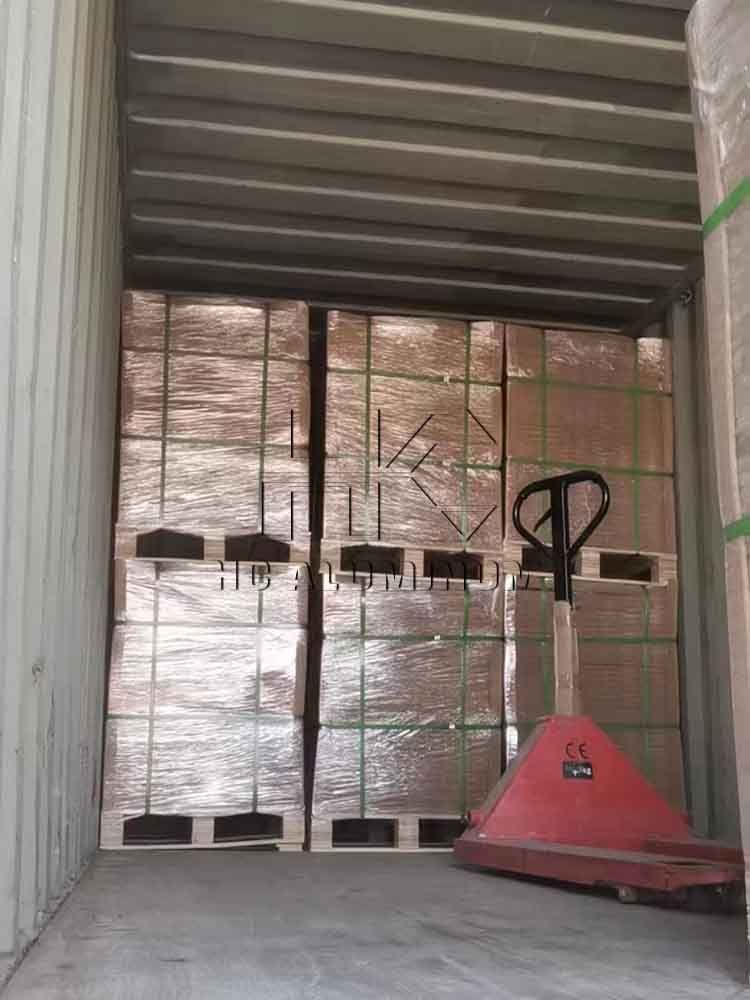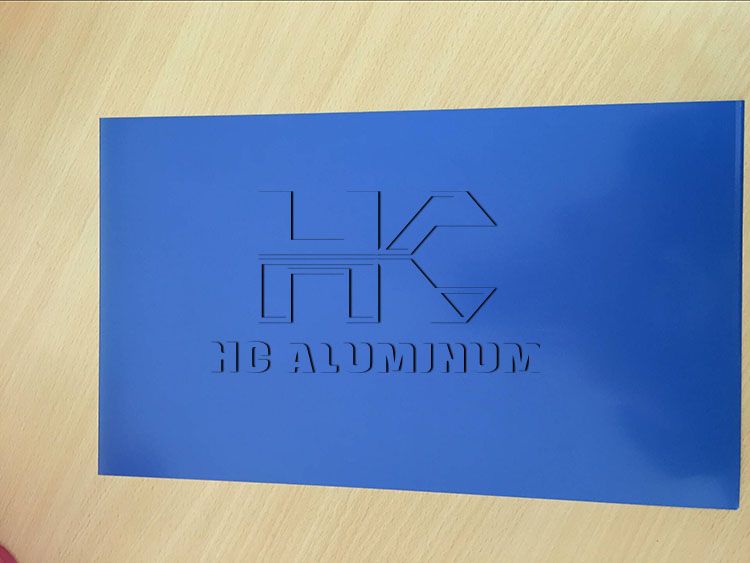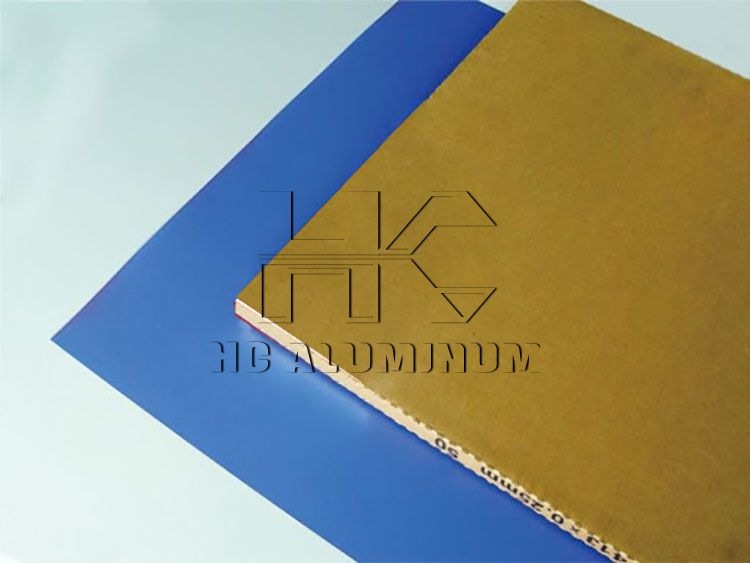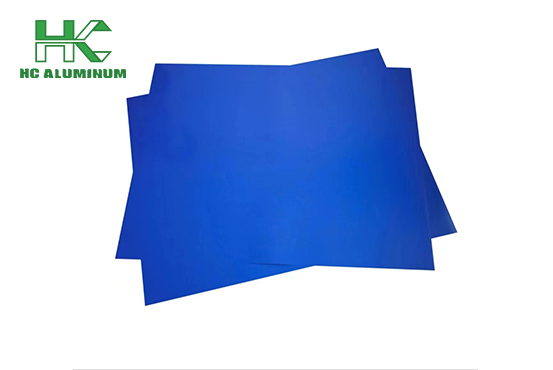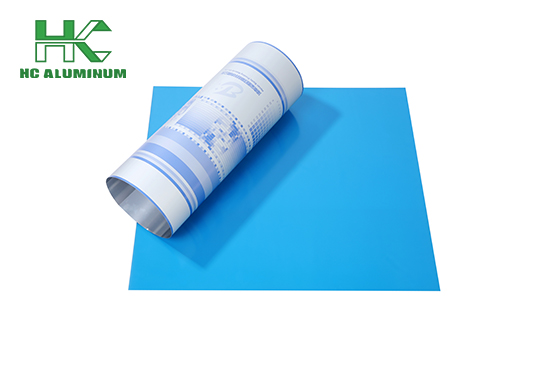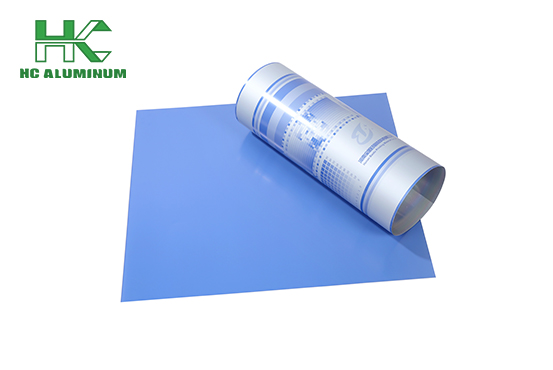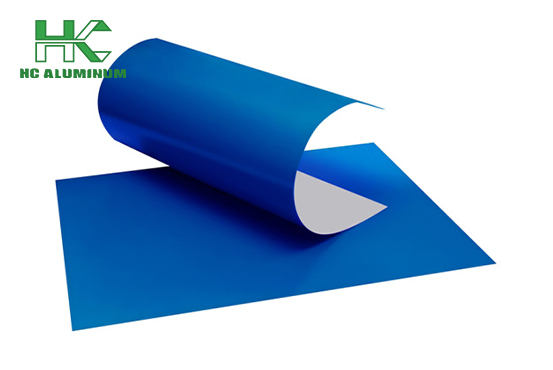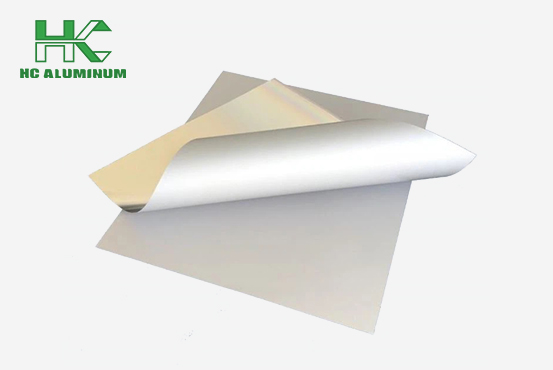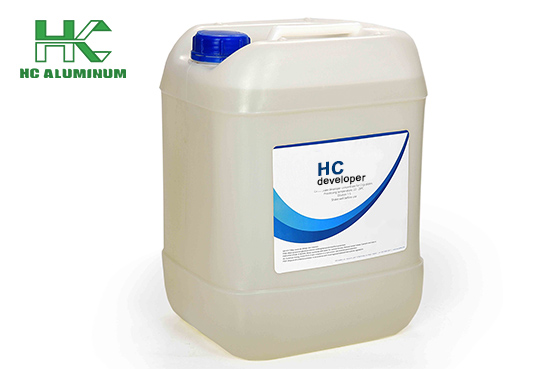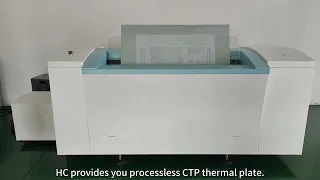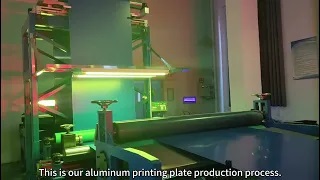Digital Thermal Plate VS CTP Thermal Plate
In the digitalization process of the printing industry, digital thermal plates and CTP thermal plates play an important role. Many people are confused about these two thermal plates. Are they the same product? If not, what are the differences?
Digital thermal plate, in a broad sense, refers to plates that use the principle of thermal imaging to record information. It covers a wide range and is used in many fields. Its imaging principle is based on the sensitivity of thermal materials to heat. When subjected to thermal stimulation, thermal materials undergo physical or chemical changes to form recognizable images or information.

CTP thermal plate, full name Computer-To-Plate Thermal Plate, is a specific application of digital thermal plate in the field of printing platemaking. It is a key product for the printing industry to transform from traditional platemaking to digital platemaking, and is dedicated to transferring graphic information in the computer directly to the printing plate.
Different application areas
Digital thermal plates: In addition to certain applications in printing platemaking, they are also widely used in medical imaging records (such as medical imaging films printed by thermal printers), fax recording paper, thermal printers output by electronic computer terminals, and other fields. In these application scenarios, digital thermal plates are mainly used to convert electrical signals or digital signals into visible images or text information through thermal imaging.
CTP thermal plates: Its application areas are relatively single and clear, mainly focusing on the printing platemaking process. In the modern printing process, CTP thermal plates have replaced the traditional film platemaking method and become the key conversion medium from computer digital files to printing plates. From manuscripts of publishing houses and advertising companies to printed books, posters and other printed materials that are finally printed into volumes, CTP plates are responsible for accurately transferring digital images and texts to printing plates for large-scale printing.
Different performance requirements
Digital thermal plates: Different application scenarios have different performance requirements for digital thermal plates. For example, the thermal paper used in fax machines has relatively low resolution requirements, and can clearly present text information; while the digital thermal plates used for medical imaging records have high requirements for resolution and grayscale levels, and need to be able to accurately restore the details of medical images so that doctors can accurately diagnose the condition.
In addition, in terms of durability, some disposable digital thermal products (such as thermal fax paper) have low durability requirements, while digital thermal storage media used to store important data records for a long time need to have good stability and aging resistance.
CTP thermal plate: In the field of printing plate making, the performance of CTP thermal directly affects the printing quality. First of all, it needs to have extremely high resolution to ensure that the subtle graphic information in the computer file can be clearly restored. Generally, it is required to reach 2400dpi or even higher, so that clear and sharp text edges and delicate image details can be presented on the printed matter.
Secondly, the dot reproducibility should be good, and the dot edges must be sharp and clear, so that the amount of ink transfer can be accurately controlled during the printing process, and a good water-ink balance can be achieved, thereby ensuring that the printed matter is bright in color and rich in layers.
Furthermore, the CTP thermal plate must have good printability. For ordinary printing tasks, the printability usually reaches tens of thousands of prints, while for some publications or packaging products that require large-scale printing, the CTP thermal plate after baking can reach more than 1 million prints to meet the needs of large-scale printing.
Differences in structure and materials
Digital thermal plate: Due to the numerous application scenarios, its structure and material types are rich and varied. Taking the common thermal fax paper as an example, it is generally composed of a base layer (mostly paper), a thermal coating and a protective layer.
In some high-end digital thermal storage devices, special thermosensitive polymers or metal oxides may be used as thermal recording layers. These materials have better thermal stability and data storage performance.
CTP thermal plate: mainly composed of a plate base and a thermal imaging layer. The plate base is usually made of aluminum plate, because aluminum plate has good flatness, mechanical strength and chemical stability, and can withstand pressure and chemical erosion during the printing process.
The thermal imaging layer is the core part of the CTP thermal plate, which contains infrared-sensitive thermosensitive materials, such as organic metal complexes, thermal decomposition compounds, etc.

